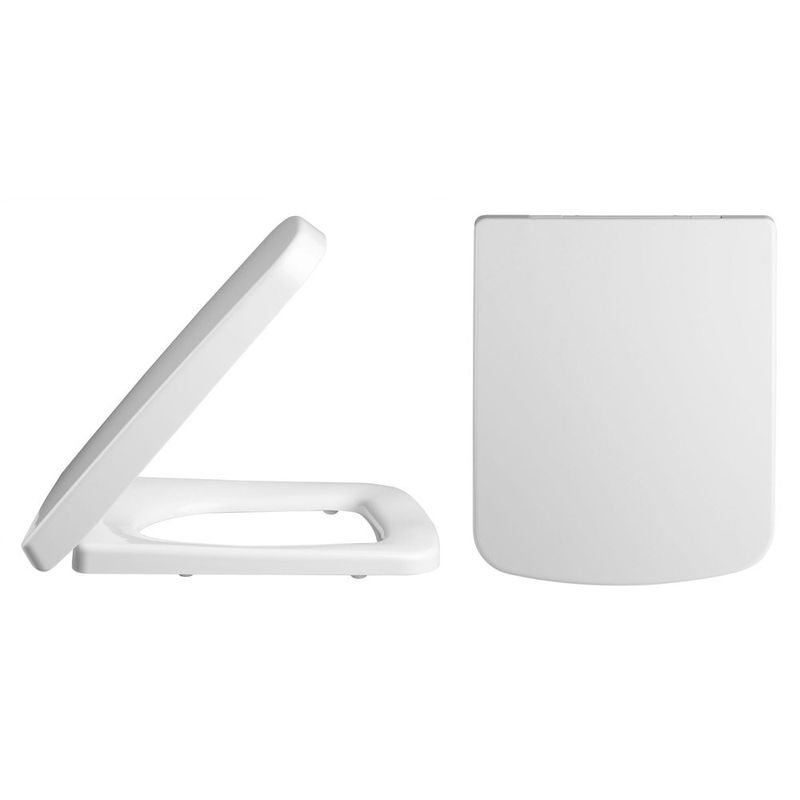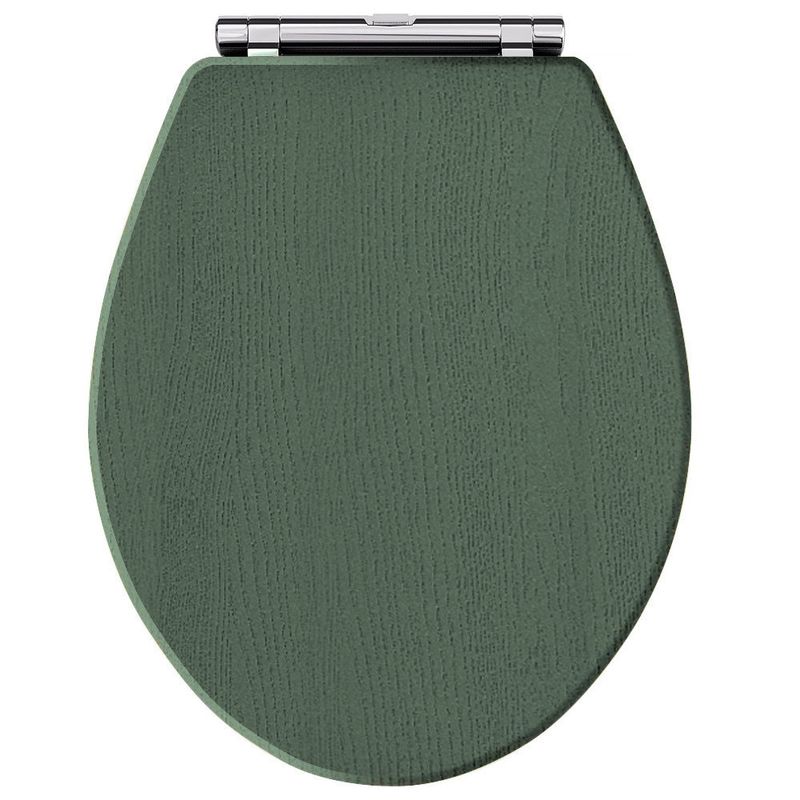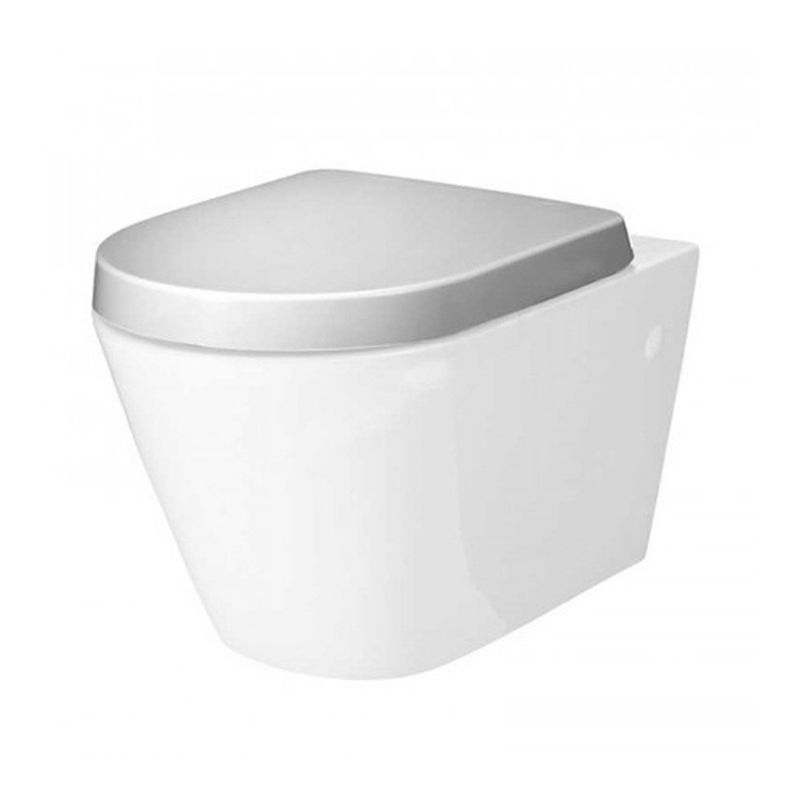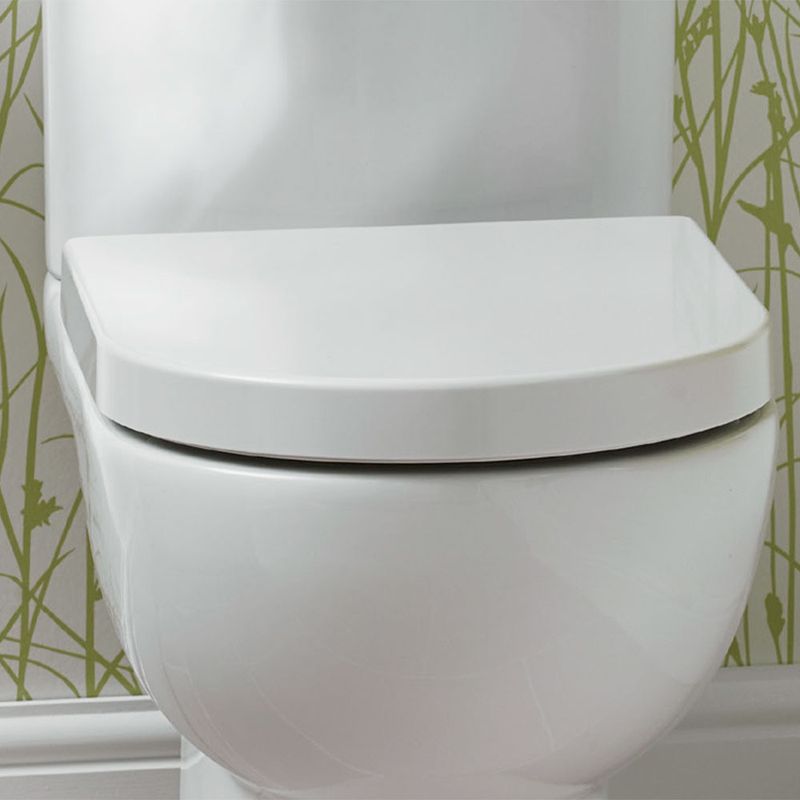A toilet seat moving around isn’t just uncomfortable to use, it’s a potential safety hazard. Children or elderly people, in particular, might fall and injure themselves seriously. Whether we own our home or rent, a loose toilet sink must be dealt with sooner or later, especially if we live in a large household. Luckily, a wobbly toilet seat is quick and easy to deal with.
Our guide will show you how to tighten toilet seats. We’ll cover why it’s important to take care when tightening plastic screws, how toilet seat fittings vary on old and new models, and more.
Table of contents:
How to fix a loose toilet seat
Before you get to work, ensure you wear gloves. Even a spotless-looking toilet is likely to have some dirt or germs somewhere. Besides, most toilet cleaning products contain large amounts of bleach and strong chemicals. These may irritate or even damage your skin, so the gloves are an extra precaution.

Now, most toilet seats are attached to the toilet with two long toilet seat screws that go through the porcelain. In many older models, these are typically mounted from the bottom rather than the top. You can easily check if you’re dealing with that type by looking at the underside of your toilet at the back.
Do you see any protruding screws? If yes, test to see if they’re loose. If so, centre the toilet seat and tighten the nut from below with a ratchet wrench or pair of pliers—you don’t need a specific toilet seat tightening tool.
Be extra careful when working with plastic screws. These are liable to snap if you apply too much pressure. This shouldn’t be an issue when working with steel screws.

At this point, test the toilet seat. If it’s still a little loose, tighten the seat bolts from the top. Start by finding the screws on the top. In these models, they’re typically found just behind the seat and covered with plastic flaps. Use a slotted screwdriver to lift the caps and then tighten the screws as necessary.
Pro tip: Don’t overtighten steel screws, as you might crack the toilet bowl.
If none of this has worked and your toilet seat is still wobbly, you’ll probably have to replace the bolts. In that case, it’s a good idea to buy a toilet seat fixing kit, which comes complete with everything you need to get the job done, including rubber washers you can fit underneath the bowl.
How to tighten a toilet seat with hidden fixings
To tighten a toilet seat with concealed fixings, you’ll have to remove the toilet seat first.

With the seat up, go ahead and locate the release mechanism. More often than not, it’s a pair of metal buttons on the inside of the seat, directly above the wobbly metal caps. Other models might feature a single release button in the centre, but this design is less common.
Either way, simply press the release mechanism and lift the seat carefully.
Then, take off the metal caps to reveal the screws next to the metal anchors. Make sure the anchors are evenly spaced so that the toilet seat isn’t crooked. Once you’re satisfied with their location, use a suitable screwdriver (in most cases, you’ll need a standard Phillips screwdriver) to tighten the screws.
Be careful not to overtighten to avoid damaging your toilet.
Finally, replace the metal caps and slot the toilet seat back into position, pressing down firmly until you hear the anchors click.
That’s all it takes!
Final thoughts
With more and more toilets featuring a sleek design that elegantly conceals all fixings for a minimalist, contemporary look, many people are unsure how to go about fixing a loose toilet seat.
The good news is, as far as home repair DIY projects are concerned, this one is as simple as they come! Say goodbye to the uncomfortable and frankly dangerous wobbly toilet seat.

Now that you know exactly how to tighten a toilet seat with or without concealed fixings, all you need are a few basic tools, a pair of safety gloves and a few minutes of your time to fix this common issue like a pro.







